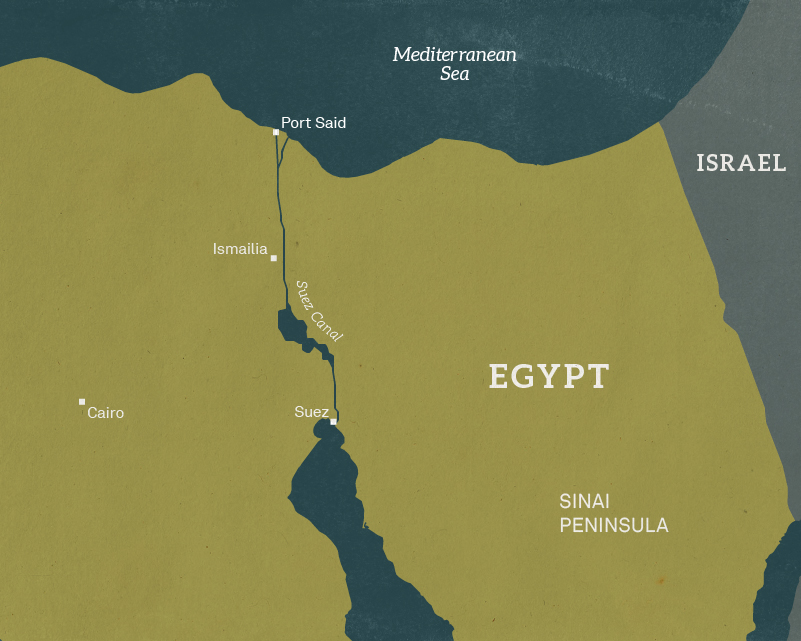The Suez Crisis
2021 marks the 65th anniversary of the Suez Canal Crisis of 1956.
Annals Fresh Start and Readjustment recounts events leading up to the nationalisation of the Anglo-French owned Suez Canal in June 1956 by General Gamal A. Nasser, the Egyptian president. Israeli troops invaded Gaza in late October and the Egyptian army beat a hasty retreat before the rapid Israeli advance in Sinai. Egypt blocked the canal with sunken ships just before British and French forces invaded the Suez Canal Zone on November 5th, claiming their intention was to protect the canal. The Anglo-French invasion was quickly halted when President Eisenhower of the USA refused to help prevent a run on the pound sterling.
The Hungarian Revolt
Nikita Khruschev, first Secretary of The Soviet Union also intervened and threatened to use nuclear force to stop the Anglo-French invasion and, at the same time, he used the opportunity to put down a revolt against Soviet occupation by citizens in Hungary.
Collusion and After Effects
It soon became apparent that Britain and France had acted in collusion with Israel. Annals Fresh Start and Readjustment also examines events following on from the Suez event and recounts how British influence in the Middle East was severely eroded and why prime minister Sir Anthony Eden was replaced by Harold MacMillan, who speeded up the process of retreating from Empire and worked to repair relations with the USA. Khrushchev continued to, court the support of Egypt and other non-aligned countries with some success until he eventually backed away from installing missiles on Cuba during a confrontation with John Kennedy‘s new American regime in the Cuban Missile Crisis of 1962.
